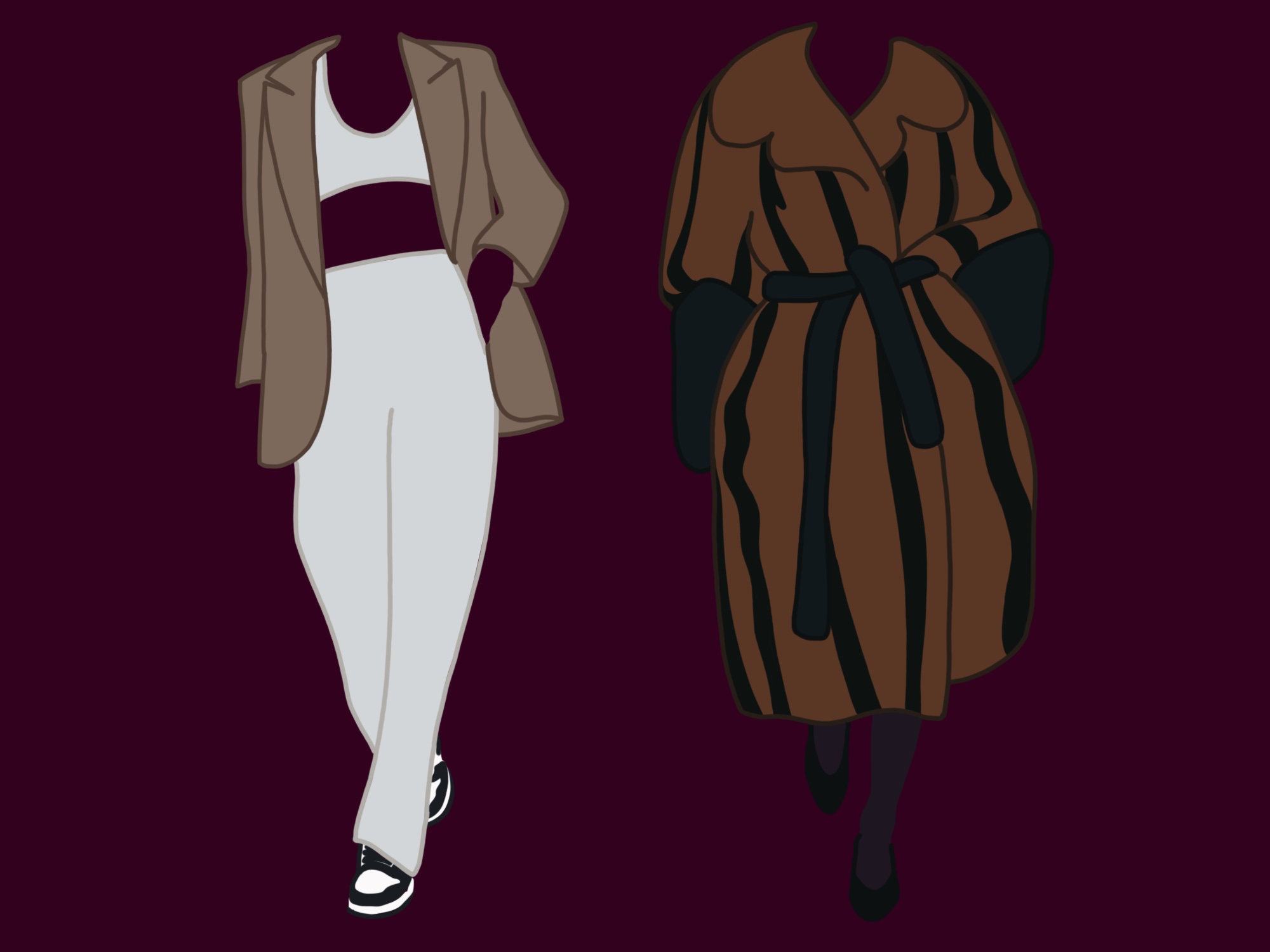Childhood dress-up time was the purest form of creative expression. You could be whomever you wanted, whenever you wanted and disconnection was possible.

Some of my fondest memories as a child involve that disconnect — fighting off pirates with my grandfather, strutting around my castle with my sister, following my older cousins in combat and fighting evil with my fellow superhero besties.
Such rich memories are rooted in the desire to transcend reality. As we grow up, we lose this innate imagination and learn to think about it wistfully. The capability to imagine has not left us, but we have left it.
The space where we held our imagination has been filled by our need to appease outward perception. This heavy weight can be seen in the attention to detail that goes into curating a social media presence or feeding into the endless rhythm of fast fashion.
Not everyone dresses or uses social media like an influencer, but there is an inherent pressure to conform. Everyone must stand out and show personality in both spaces, but not too much to leave room for judgment.
TikTok has become the breeding ground for trends to cycle through. Normally, there is a style of pants, a shape of a top or even a specific type of shoe that becomes popular and increasingly sought-after within a matter of weeks.
In response, people go to TikTok Shop or open a web browser to purchase the fad and the feeling of acceptance then comes from conformity. Suddenly, everyone at the function is wearing the Urban Outfitters corset, the Pacsun baggy jeans or the Adidas Samba sneakers.
Soon enough, what was once on everyone’s wishlist is now overdone, out of style and taking up space in second-hand stores, and later, landfills.
Perception is prioritized over playfulness. A simple solution would be to wear what you want and shop second-hand, but then you may not have the “it girl” style publicized online.
Recently, online fashion trends have transitioned from the product to the person. “Clean girl aesthetic” and “mob wife aesthetic” are two popular styles that represent both ends of the spectrum.
A “clean girl” is minimalist, casually flawless and well put together. She is likely athletic, productive and hydrated with glowing skin. A “mob wife” is maximalist, imperfectly curated and perfectly stylish. You can find her likely sipping on a dirty martini, living luxuriously with a metropolitan mindset.
These trends are more focused on disconnecting and playing the persona. Yes, each has articles of clothing associated with each aesthetic, but they are not specific enough to encourage fast fashion, and they can be easily found in a second hand shop or your own closet. These trends are reopening the doors for disconnect and imagination.
There is already an interest in dress-up time, as seen in niche-themed parties. The emerging aesthetic trends are a middle ground of nostalgic dress-up time and standard fashion self-image.
People feel more comfortable to dress-up as a “clean girl” or a “mob wife” because they are perceived as a curated and personalized aesthetic. There is freedom of subjectivity to reimagine one’s reality that feels safe within the bounds of preconstructed aesthetics to explore.
I do not expect everyone to start pretending to be pirates, princesses, soldiers or superheroes, but I am seriously happy to see a resurgence of youthful unseriousness.
This shift from clothing to attitude touches on imagination and provides social acceptance to indulge in some childhood fun. You do not have to be a “clean girl” or “mob wife” to play with creative expression through clothing.
These aesthetics are the shallow end of truly having fun with fashion and imagining something other than agreeability. They are a safe way to test the waters of unseriousness and reconnect with disconnecting.





















































































































